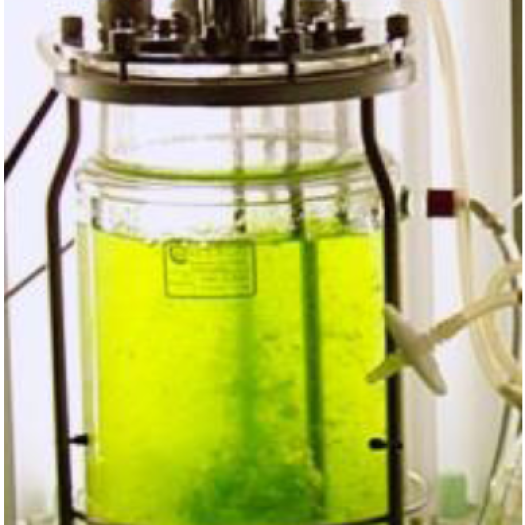DC4 - Ajay Valiyaveettil Salimkumar


Project title: Dynamics of the microbial communities related to HABs of Italian inland lakes; identification of possible HAB competitors/pathogens
Advisors: Massimiliano Fenice, Marcella Pasqualetti, Susanna Gorrasi
Home institution: Università degli Studi della Tuscia, Viterbo, Italy Department of Ecological and Biological Sciences (DEB)
Summary:
Algae play an important role in water ecosystems, and our future can also increasingly depend on the presence of both desirable and undesirable algae. Desirable algae, such as seaweeds, contribute to environmental protection and have applications in food, biofuel production, pharmaceuticals, and cosmetics. In contrast, harmful algal blooms (HABs), caused by microscopic algae like cyanobacteria, diatoms, and dinoflagellates, can degrade water quality, harm aquatic life, and pose risks to human health. Moreover, both micro and macroalgae are susceptible to diseases caused by pathogens, including fungi, oomycetes, protists, bacteria, and viruses, which can significantly impair their growth and survival. Therefore, the central aim of this research will be a detailed monitoring of the occurrence of HAB in selected freshwater environments and a survey of the microbiota related to the algae involved in the blooms. Then, a second important aim will be the study of the possible exploitation of the infection strategies of algal pathogens to harness these infection tactics to combat HABs. Overall, the study will play a key role in developing innovative algal disease management strategies and HAB biocontrol measures with the help of natural pathogens.
Keywords: Harmful Algal Blooms, Microbial Community, Ecology, Biological Control
Contact: ajay.valiyaveettil@unitus.it
Google scholar: https://scholar.google.com/citations?user=6qPw2_IAAAAJ&hl=en
Planned secondment(s):
At KNAW with Dedmer van de Waal to acquire skills in cyanobacteria cultivation, identification & classification
At UNIABDN with Pieter van West to sample freshwater from inland lakes with fish farms that experience HAB outbreaks, obtain eDNA and characterize cyanobacteria with the associated microbiota;
